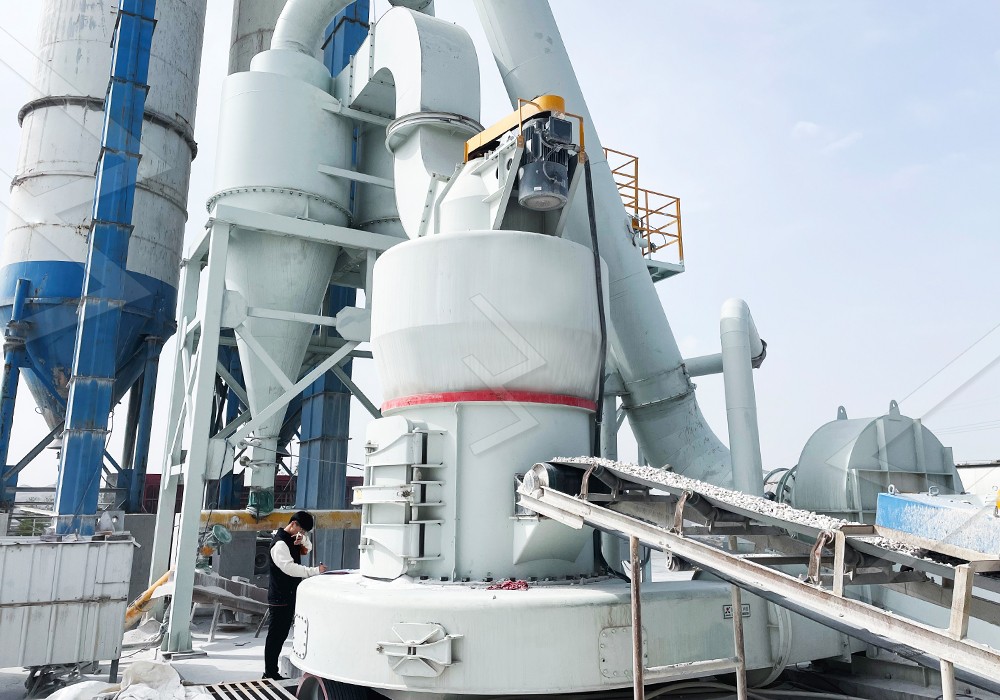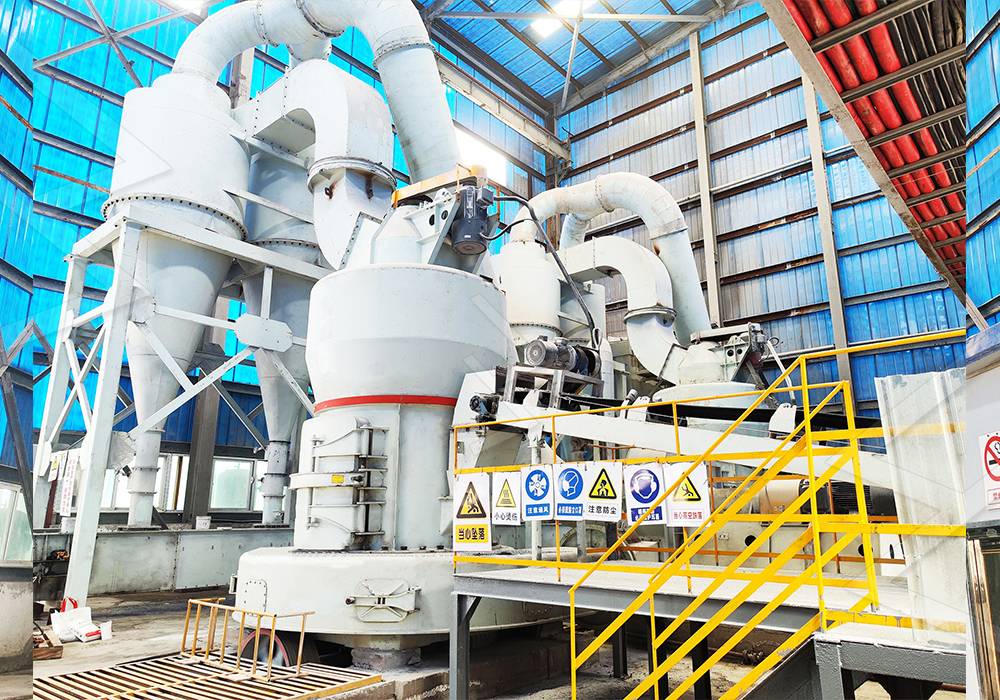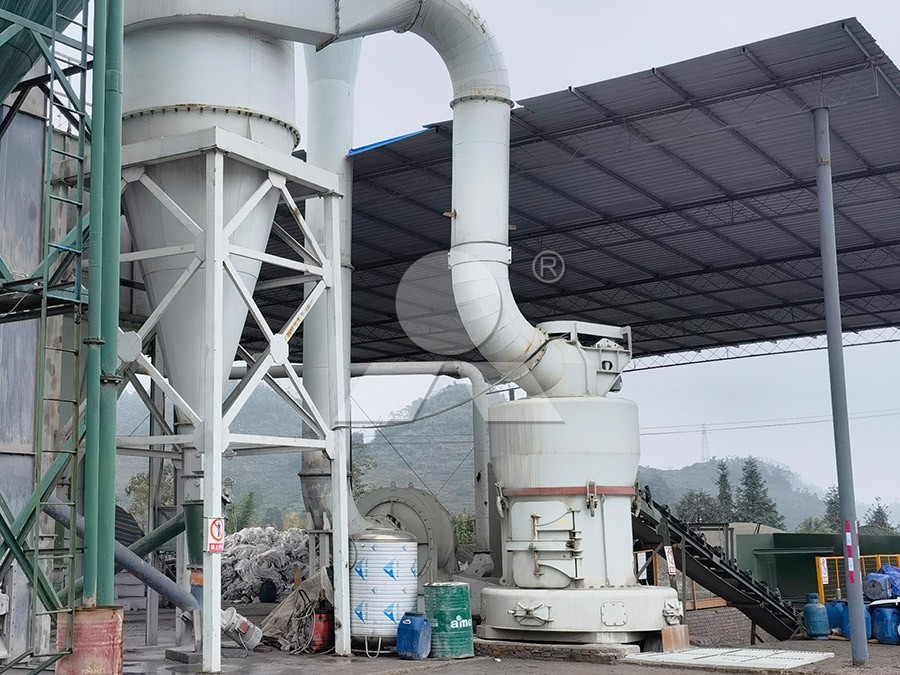3R Raymond Mill for Stone Grinding: Price, Specifications, and Working Principle
3R Raymond Mill for Stone Grinding: Price, Specifications, and Working Principle
For decades, the Raymond Mill has stood as a cornerstone in mineral processing operations worldwide. Among its various configurations, the 3R Raymond Mill (featuring three grinding rollers) has proven particularly effective for stone grinding applications, offering a balance of production capacity, energy efficiency, and final product quality that makes it a preferred choice for many operations.

Technical Specifications and Performance
The 3R Raymond Mill typically handles materials with an input size below 25mm, producing between 0.6-5 tons per hour depending on material characteristics and desired fineness. This grinding solution excels with various stone materials including limestone, calcite, dolomite, barite, and talc, making it versatile for construction, chemical, and industrial mineral applications.
What distinguishes the 3R configuration is its enhanced grinding capacity compared to smaller models, while maintaining the operational simplicity that has made Raymond Mills famous. The three grinding rollers work in synchronization against a grinding ring, creating a highly efficient crushing and grinding action that progressively reduces material size.
Working Principle: Precision in Motion
The operational excellence of the 3R Raymond Mill lies in its elegantly simple yet highly effective working principle. The process begins with crushed material being elevated to a storage hopper, from where a vibrating feeder consistently delivers material to the grinding chamber.
Inside the chamber, the centrifugal force generated by the rotating grinding rollers causes them to swing outward, pressing firmly against the grinding ring. The incoming material is scooped up by the shovel blade and fed between the rollers and ring, where it undergoes progressive grinding. The ground material is then carried by airflow into a separator, where oversized particles are returned for regrinding while properly sized material continues to the collection system.

Modern Alternatives: When to Consider Advanced Solutions
While the 3R Raymond Mill remains an excellent choice for many applications, operations requiring ultra-fine powders or handling more demanding materials might consider our advanced MW Ultrafine Grinding Mill. This sophisticated equipment represents the next evolution in grinding technology, capable of producing powders between 325-2500 meshes with remarkable efficiency.
The MW Ultrafine Grinding Mill operates on a different principle, utilizing a cage-type powder selector with German technology that significantly enhances separation precision. With an input size capacity of 0-20mm and production rates from 0.5-25 tph, this mill achieves 40% higher capacity than jet mills and double the output of ball mills while consuming only 30% of the energy of jet milling systems.
For operations prioritizing environmental compliance, the MW Mill incorporates an efficient pulse dust collector and muffler system, ensuring minimal dust and noise pollution. Its innovative design eliminates rolling bearings and screws from the grinding chamber, addressing common failure points and enabling continuous 24-hour operation.
Investment Considerations and Pricing Factors
Pricing for 3R Raymond Mills varies based on configuration, auxiliary equipment, and specific application requirements. Generally, these systems represent a moderate investment that delivers strong returns through reliable operation and low maintenance costs. The actual price depends on factors including motor power, materials of construction, and the complexity of the dust collection system.
For operations requiring higher precision or dealing with specialized materials, our LUM Ultrafine Vertical Grinding Mill offers another compelling alternative. This advanced system integrates ultrafine powder grinding, grading, and transporting in a single unit, featuring unique roller shell and lining plate grinding curves that enhance finished product quality while reducing energy consumption by 30%-50%.

Application-Specific Recommendations
Selecting the right grinding equipment depends heavily on your specific requirements:
- 3R Raymond Mill: Ideal for standard stone grinding applications where cost-effectiveness and proven reliability are priorities
- MW Ultrafine Grinding Mill: Perfect for operations requiring ultra-fine powders with superior energy efficiency
- LUM Ultrafine Vertical Grinding Mill: Excellent for high-precision applications where product whiteness and cleanliness are critical
Frequently Asked Questions
What is the typical lifespan of wearing parts in a 3R Raymond Mill?
Grinding rollers and rings typically last 1-2 years depending on material abrasiveness and operating hours. Proper maintenance can extend this significantly.
Can the 3R Raymond Mill handle moist materials?
While it can tolerate some moisture, performance is optimal with materials containing less than 6% moisture. For higher moisture content, consider systems with integrated drying capabilities.
How does the MW Ultrafine Grinding Mill achieve higher energy efficiency?
Through optimized grinding curves, advanced powder selection technology, and the elimination of energy-intensive components found in traditional systems.
What maintenance advantages does the MW Mill offer?
The absence of rolling bearings and screws in the grinding chamber eliminates common failure points, while external lubrication enables maintenance without shutdown.
How do I determine which mill is right for my application?
Consider your production requirements, desired fineness, material characteristics, and budget. Our technical team can provide specific recommendations based on your sample materials.
